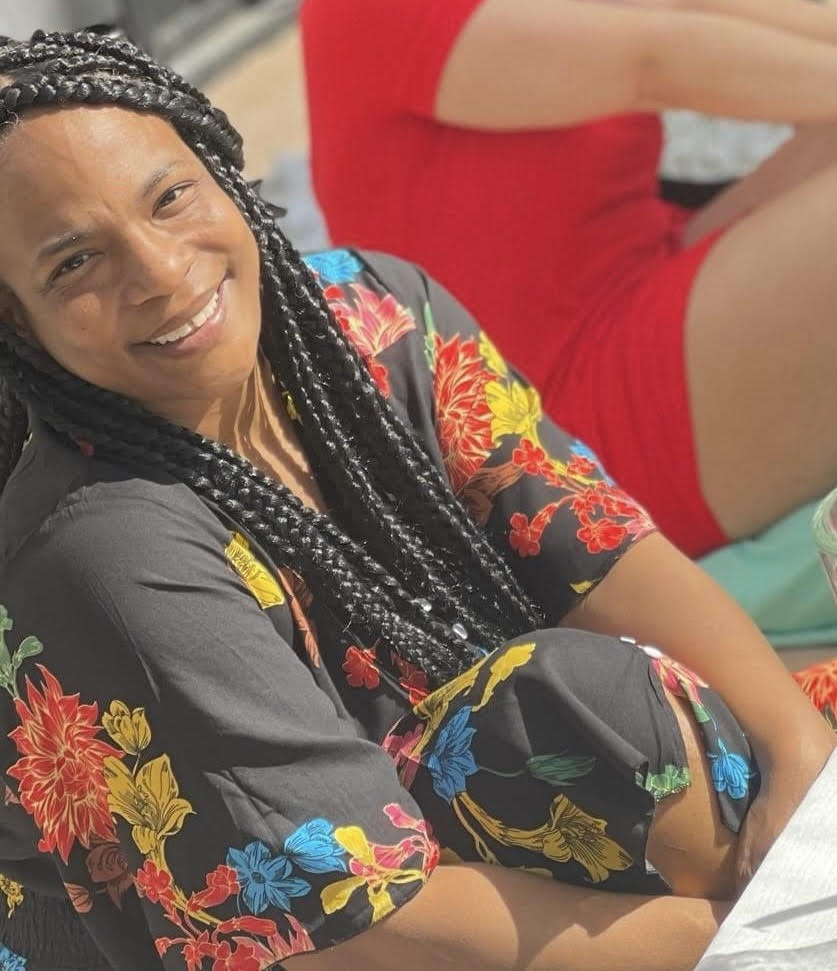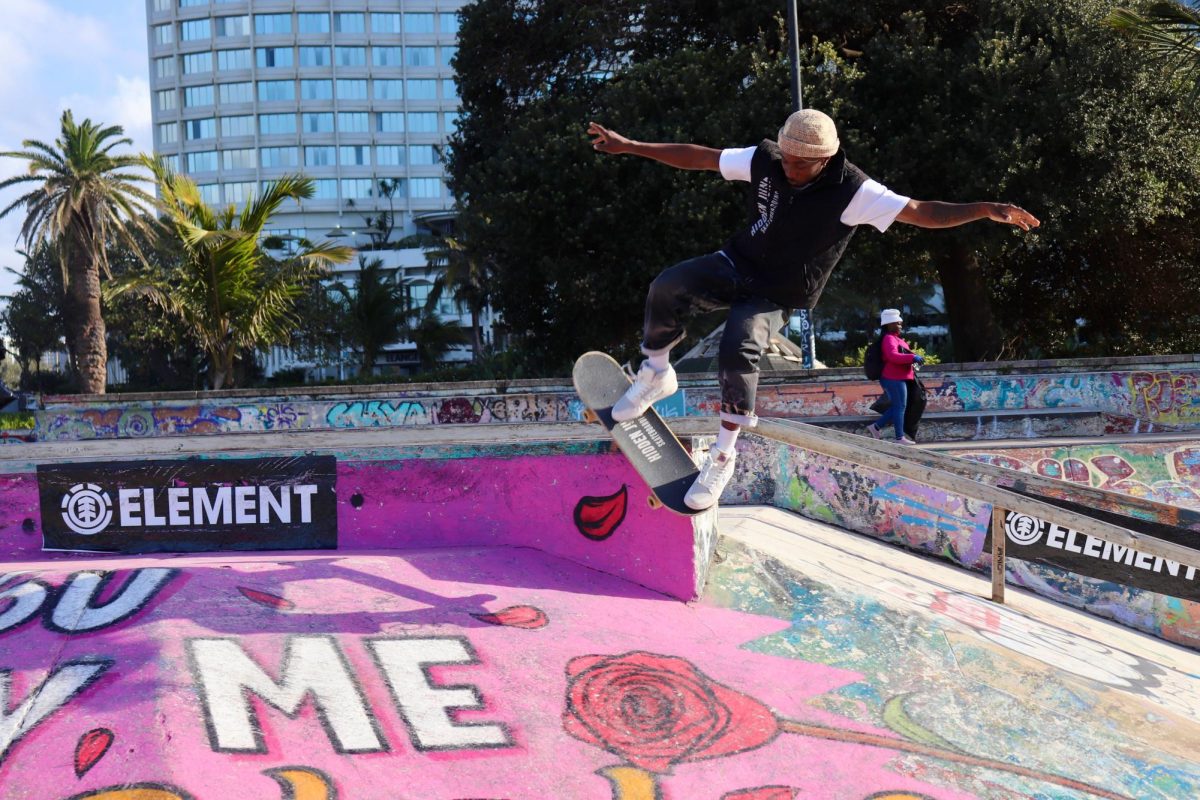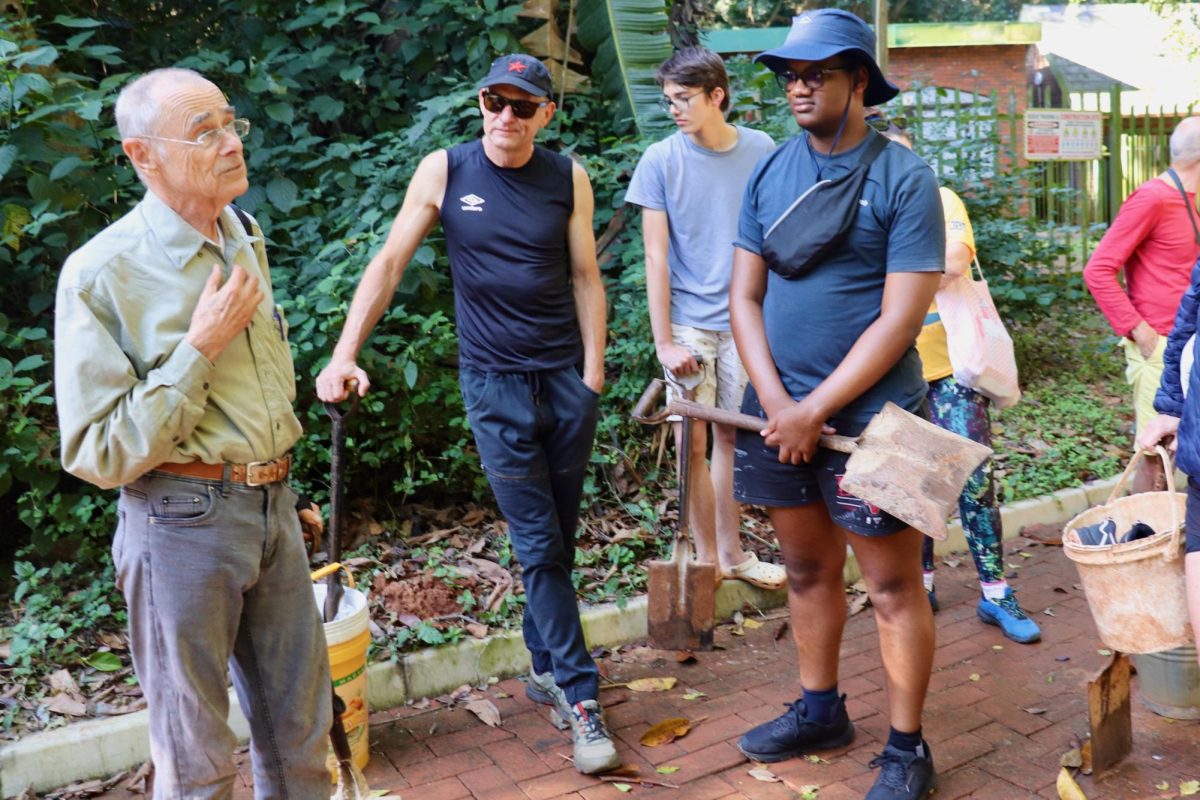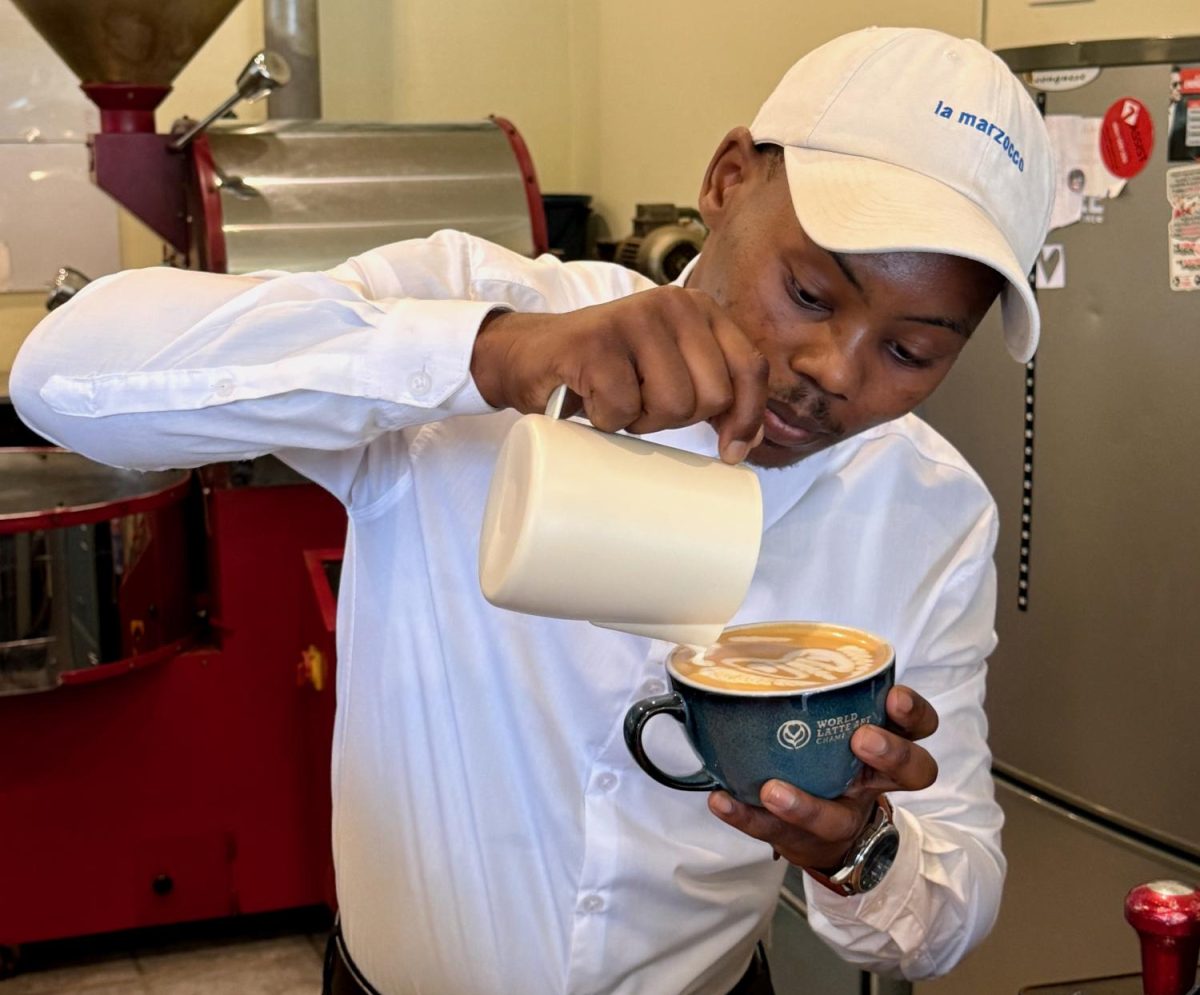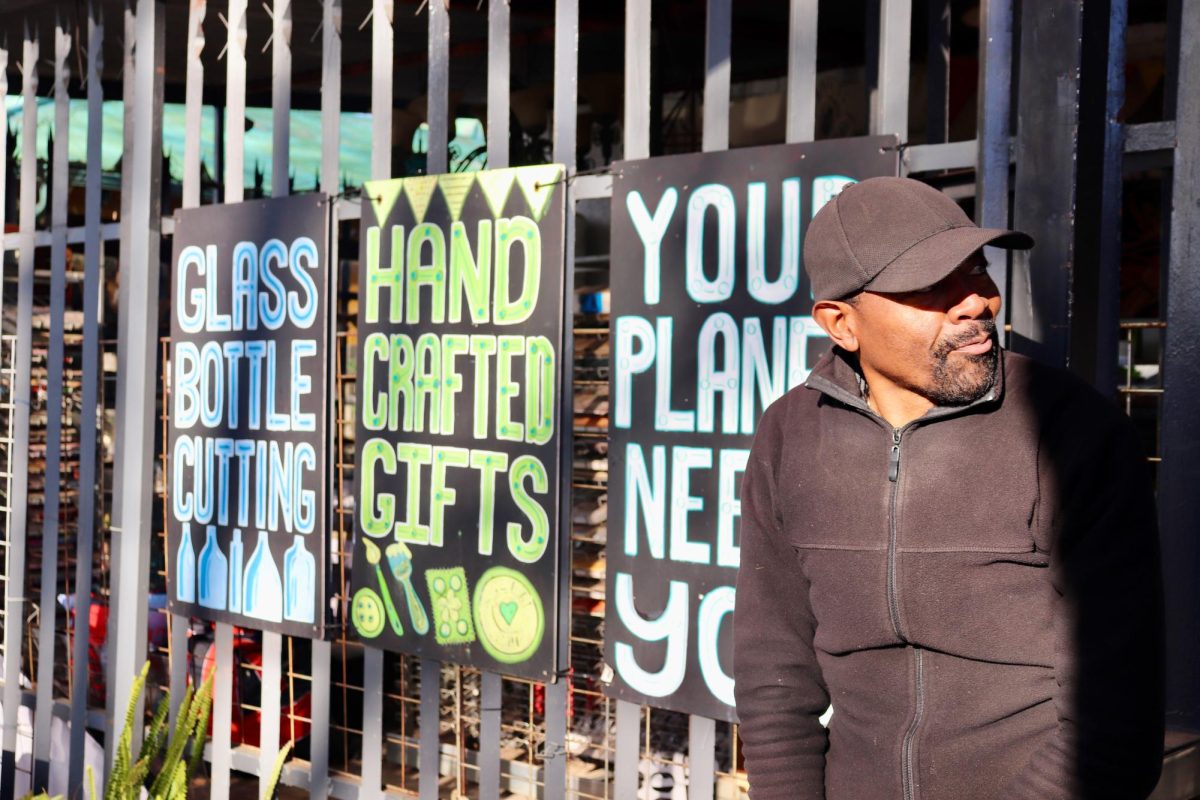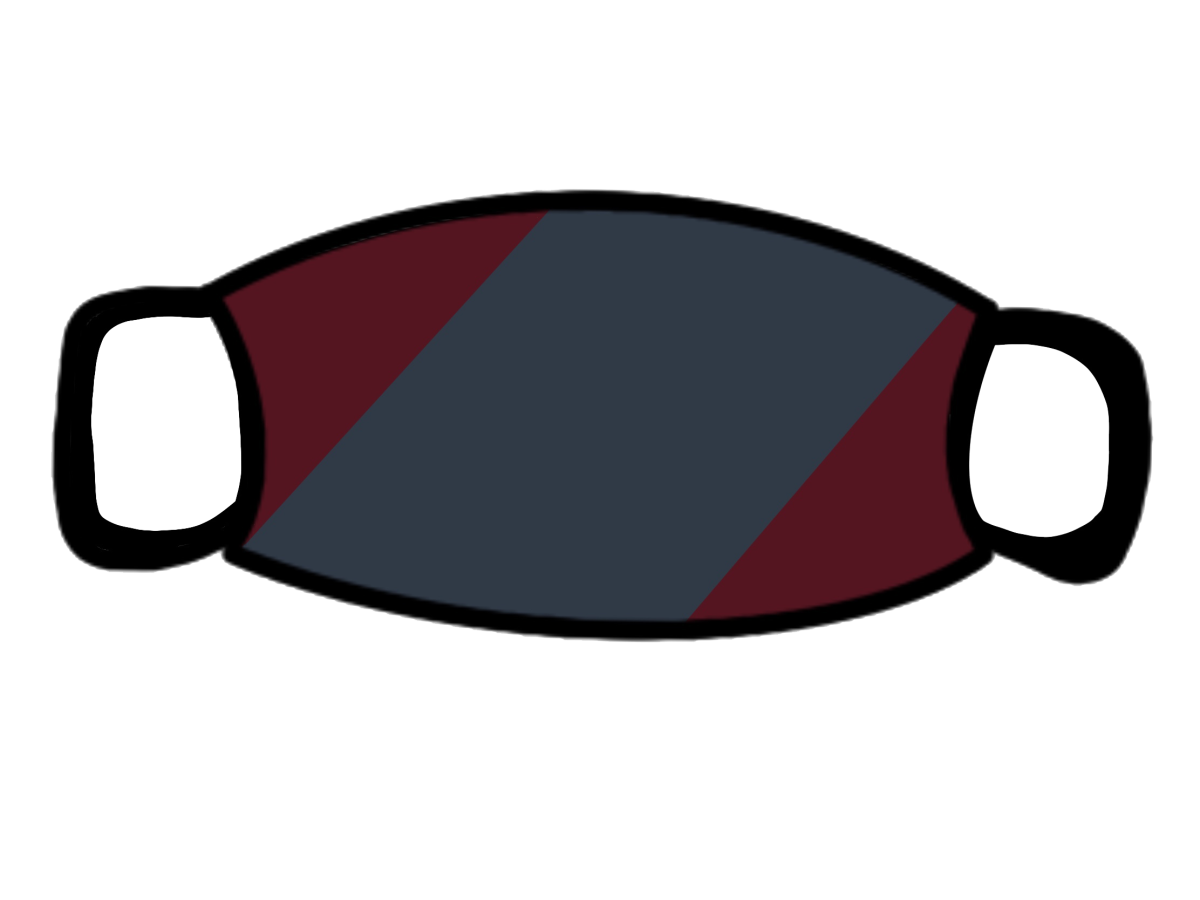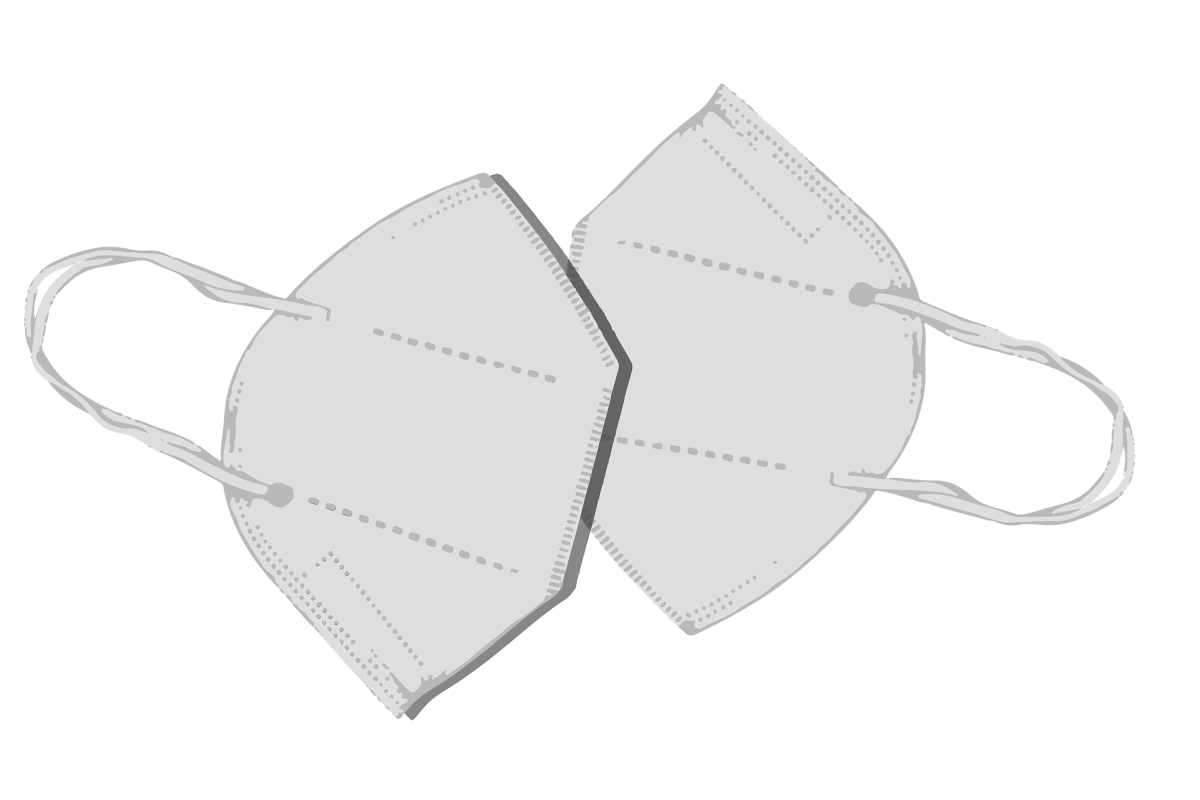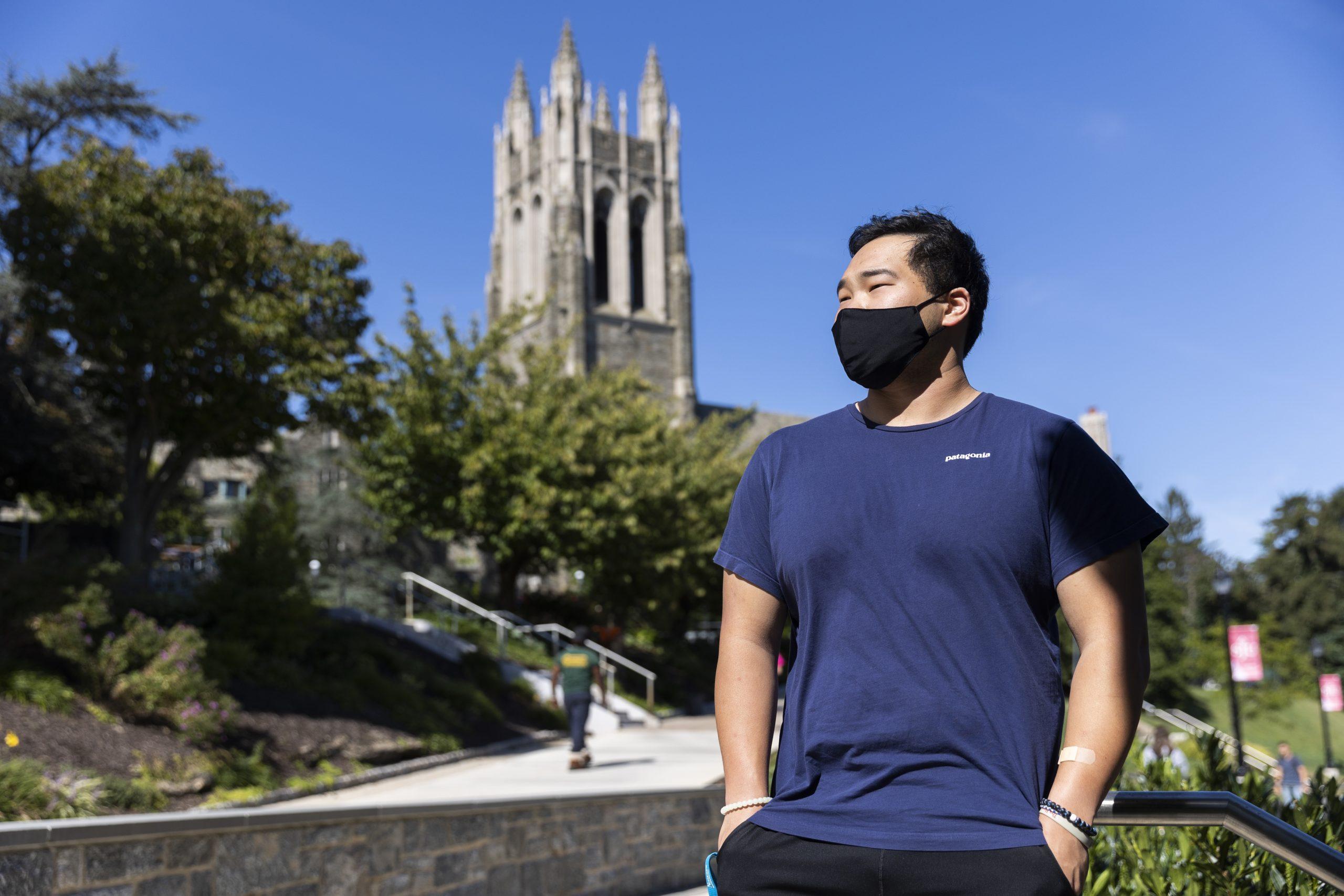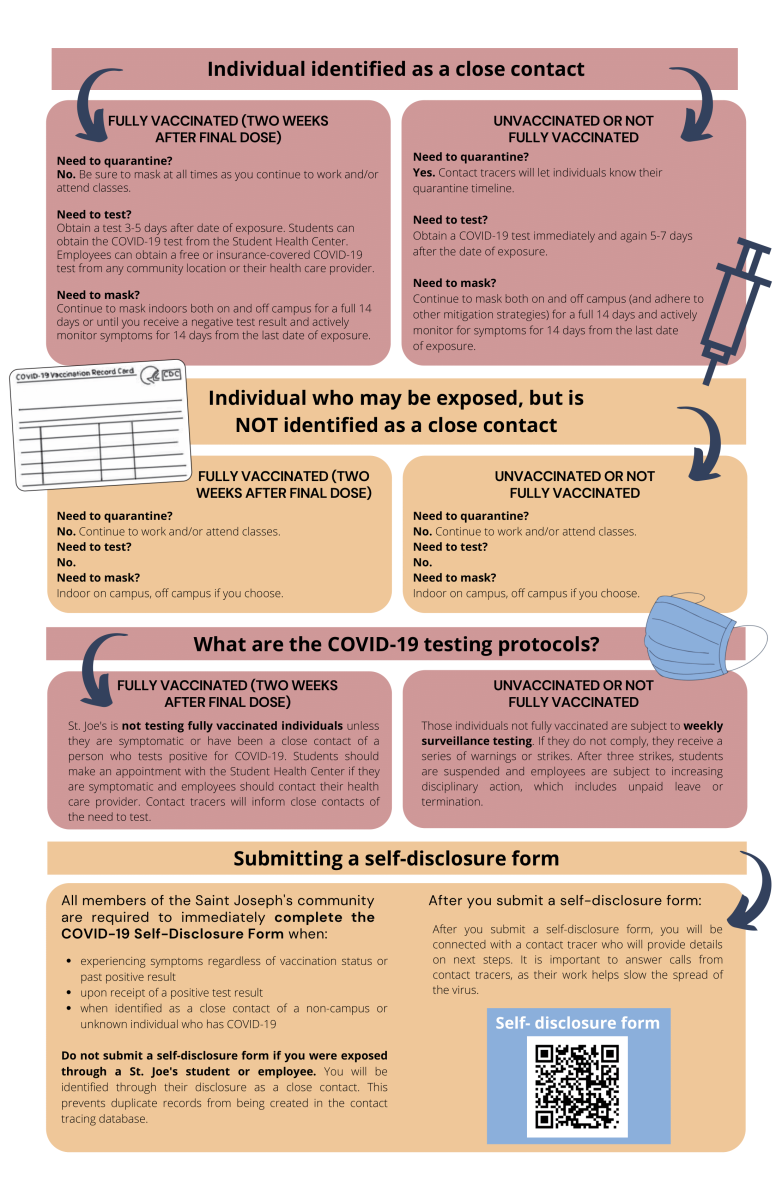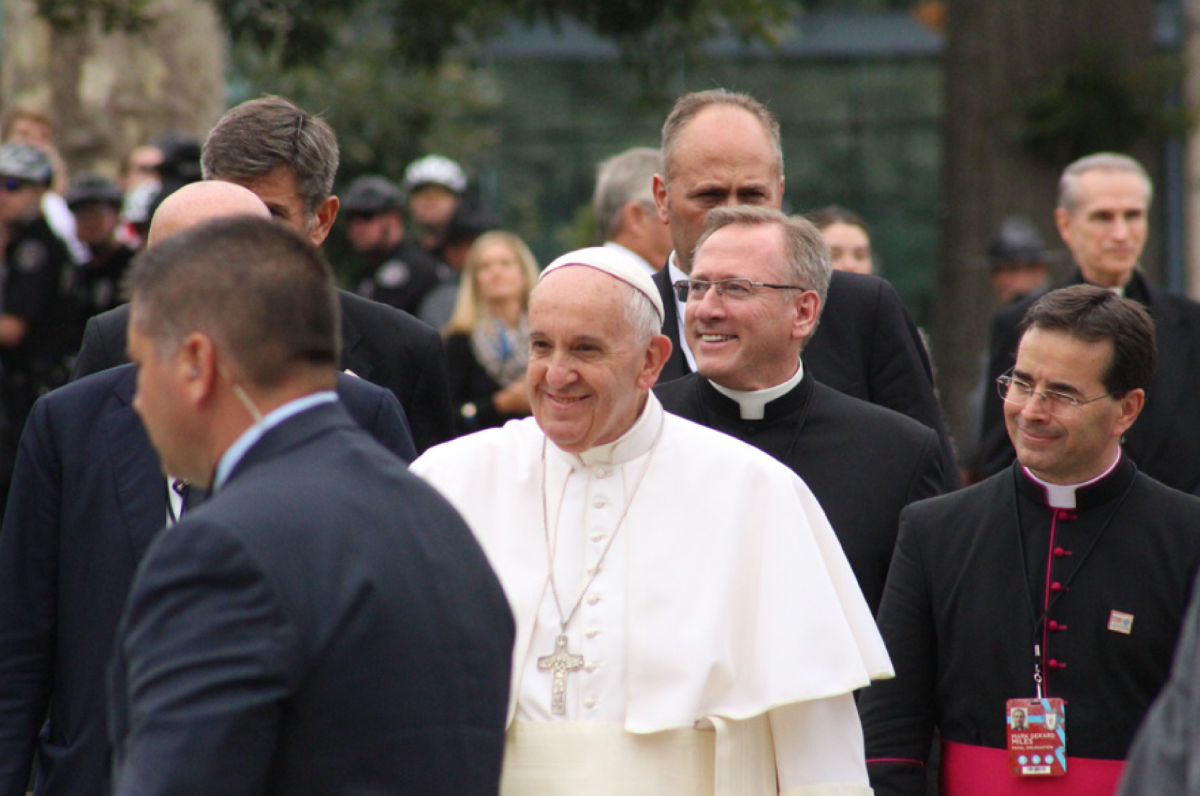As students move in and out of quarantine and isolation, faculty members are finding new ways to adjust their curriculum and connect with their students.
With a month of classes underway, St. Joe’s faculty members continue to respond to changes on campus and in their own classrooms. Across different modalities and programs, professors are attempting to create a sense of community while juggling logistical considerations.
“Preparing for [the semester] is not the same as working through it and delivering what students need from their instructors,” Richard Warren, Ph.D., professor of history, said.
Warren teaches hyflex classes, where he simultaneously instructs students in person and over Zoom. This semester challenged him to find new ways of interacting with his students while managing students transitioning in and out of quarantine.
“The thing that I’m trying to do, and all one can do, is try to make sure that regardless of where our students are, whether on campus or off campus, in quarantine or learning remotely, that they still feel connected to the learning experience and the broader community of learners at SJU,” Warren said.
Helping students feel connected includes emailing and scheduling one-on-one talks with those who are currently learning remotely, Warren said.
“[Learning remotely] can feel isolating, literally, especially if you’re in an online learning environment when you expect to be on campus,” Warren said. “But to just sit down and write a couple dozen emails saying ‘Hey I’ve been thinking about you, do you have any questions? Anything I can help you with?’ provides students the opportunity to tie a thread to a broader community.”
Ken Weidner II, Ph.D., assistant professor of management, said he prioritizes building connections in the classroom, particularly among first-year students.
“I’ve been very aware of my students’ circumstances because you’re looking at their dorm room or living room [on Zoom],” Weidner said. “So you’re very aware of circumstances that you might not have been if you only saw them in your classroom.”
For Weidner’s online first-year seminar, he assigned students a one minute video, where they were prompted to “geek out” about something they were passionate about. The aim of this assignment was to have students get to know their classmates without the typical icebreaker. It was also a way to build relationships among first-year students, who struggle to connect with their classmates online, Weidner said.
“[My students] talked about that as a big barrier otherwise,” Weidner said. “Students don’t get to know other students outside of class and they’re yearning for that, so this video assignment helped create that.”
Because he mostly teaches graduate students online, Weidner said that his transition to fully online instruction was not as difficult as it was for other faculty members.
“[Teaching online] is like being on a radio station and you’re not sure if anyone is listening,” Weidner said. “I’ve figured out how to change that radio station so it’s a lot more interactive.”
Aimee LaPointe Terosky, Ed.D., associate professor of educational leadership, said her biggest challenge is accommodating the stress her doctoral students are facing.
“Our students are adult learners and they’re all leaders in the community,” Terosky said. “Our students are K-12 principals, school superintendents, university leaders and they have kids at home. It’s the most challenging time of their professional lives, while trying to assist their children at home, and at the same time, they’re engaging in a doctoral program.”
To best accommodate doctoral students, the educational leadership program switched to fully online instruction at the beginning of the summer. Terosky said she is more lenient with assignments and reaches out to her students, especially as K-12 schools are reopening.
“We’re just trying to be very empathetic with students,” Terosky said. “The whole concept of cura personalis, you’re seeing this in practice and in action right now.”












